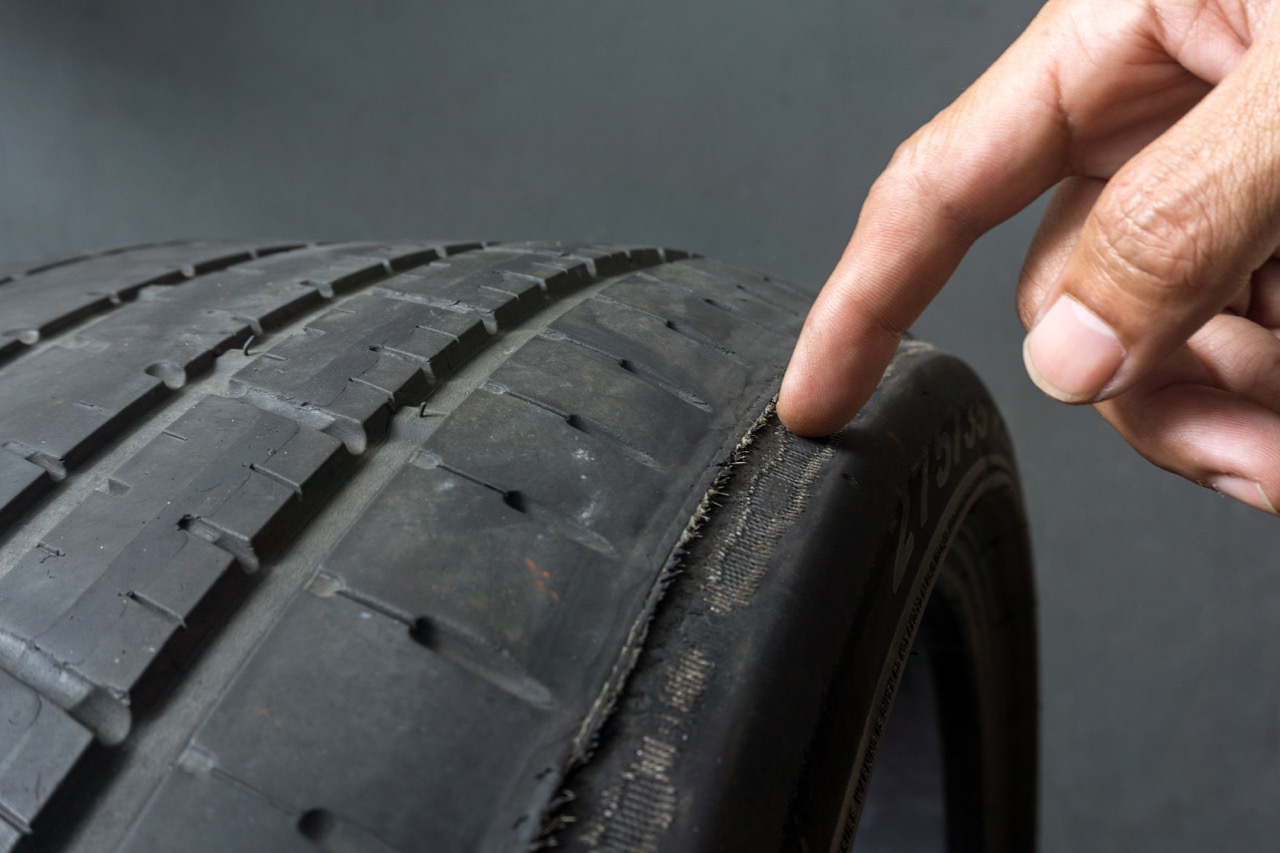
The only real barrier separating you from the roadway is a set of tires. Your vehicle’s entire performance depends significantly on how well its tires perform. It is crucial that you take the appropriate actions to make sure your tires are in good condition. Your tires will deteriorate over time, and the rate of deterioration may vary by season and environmental factors.
Tires can wear unevenly for a variety of causes, including under- or over-inflation, bad alignment, and a worn-out suspension. In order to prevent early and uneven tire tread wear and to safeguard your tires, your automobile, and yourself, it is important for car owners to understand the reasons for this problem.
Common reasons
- Unbalanced wheels
When your wheels are not correctly balanced by the mechanic who replaces your tires, this type of uneven tire wear occurs. At certain speeds, vibrations can be produced by any imbalance. Unbalanced wheels could cause you to wobble or bounce around as you turn. This issue can be resolved by having a Master Muffler pro accurately and progressively balance your wheels. Ignoring this issue can put your safety and tire wear at risk while you’re driving.
- Bent or damaged wheels
The edge of a wheel composed of steel or an alloy may become bent due to common driving annoyances like potholes and bad roads in general. It might cause the wheel’s structure to collapse. As a result, the wheels may vibrate, resulting in unpredictable tire wear. The answer is that you must have one of our experts inspect the wheel. This will reveal whether or not this is the cause of your tire’s inconsistent wear. The uneven tire wear is the least of your concerns if you suffer a significant impact to the wheels, so just have your wheels checked out anyhow.
- incorrect tire pressure or inflation
Under- or over-inflated tires can result in sporadic wear of the tire tread across the breadth of the tire track. An indication of over-inflation is when your tires show increased wear in the center of the tire. Under-inflation is evident if the tread is severely worn on both sides of the tire. Additionally, underinflated tires use more gasoline, while overinflated tires have less stability on the road. Checking your tire pressure is an important skill that every driver should possess. The best course of action or fix is to check all tire pressures once a month.
- Misaligned wheels
A complex suspension system with many interconnected pieces attaches to the wheels of your car to ensure a safe and comfortable ride. Every suspension modification necessitates a fresh optical wheel alignment. Even if this costs more, you can end up saving money in the long run. Your automobile will travel safely and precisely the way it should thanks to proper optical alignment.
- Worn out suspicion
An irregular tire wear pattern across the entire tread surface might also be brought on by worn-out suspension. This exerts pressure on your tires by causing your automobile to “bounce” on every bump on the road. Your tires’ “bouncing” causes them to wear in a particular way.
How to prevent uneven tire wear
- Avoid potholes and bouncing off curbs.
- Check the wheel alignment of your car at least once a year, especially after a difficult winter.
- Steer clear of erratic braking and driving.
- Every six months or 6,000–8,000 miles, rotate your tires. Tires run more quietly and last longer as a result of this.
- If you experience vibrations or shaking at medium to highway speeds, have your tires adjusted.
- Make sure to check your tire pressure each month as part of your routine maintenance and adhere to the manufacturer’s recommendations. Tires that are properly inflated are safer and last longer.
Safety risks including uneven wear and thinned tread need to be fixed as soon as feasible. You can securely maneuver using the steering wheel thanks to the tread’s capacity to hold onto the pavement. Uneven tread decreases a vehicle’s ability to handle, which may lead to loss of control or poor stopping.
Flat tires are also a result of uneven wear. In addition to rendering your automobile undrivable, this can harm the rim, necessitating the need to spend even more money on a replacement.
You should schedule an appointment at Master Muffler in West Valley, UT as soon as you notice uneven wear visually or your tire depth gauge indicates the tread has reached dangerous measurements. Your car’s tires will be inspected by the technician, who will replace any that require it. A tire rotation is frequently included in this replacement. To keep tires wearing down at the same rate, it is normally advised to replace at least two tires at once. You can increase the life of your tires and keep yourself safe on the road by driving defensively, maintaining the proper tire pressure, and keeping up with periodic maintenance.
Related Posts
As an EV owner, understanding your vehicle's battery is critical. From its capacity to its lifespan, and everything in between, we'll guide you through what you need to know to optimize your EV experience. So buckle up and get ready - we're about to shed some light on the electrifying world of EV batteries. What [...]
If your car is running hot, it can be a sign that something’s not right with your engine. Fortunately, diagnosing the cause of an overheating engine isn't too difficult if you know what to look for and how to address it. Keep reading if you want to learn the most common issues that occur when [...]
Your vehicle's exhaust system serves a critical role in managing the byproducts of the combustion process and ensuring optimal engine performance. The appearance of colored smoke from the exhaust pipe, either when stationary or accelerating, can provide valuable clues to underlying mechanical issues. What is a car exhaust? A car exhaust is a system [...]





